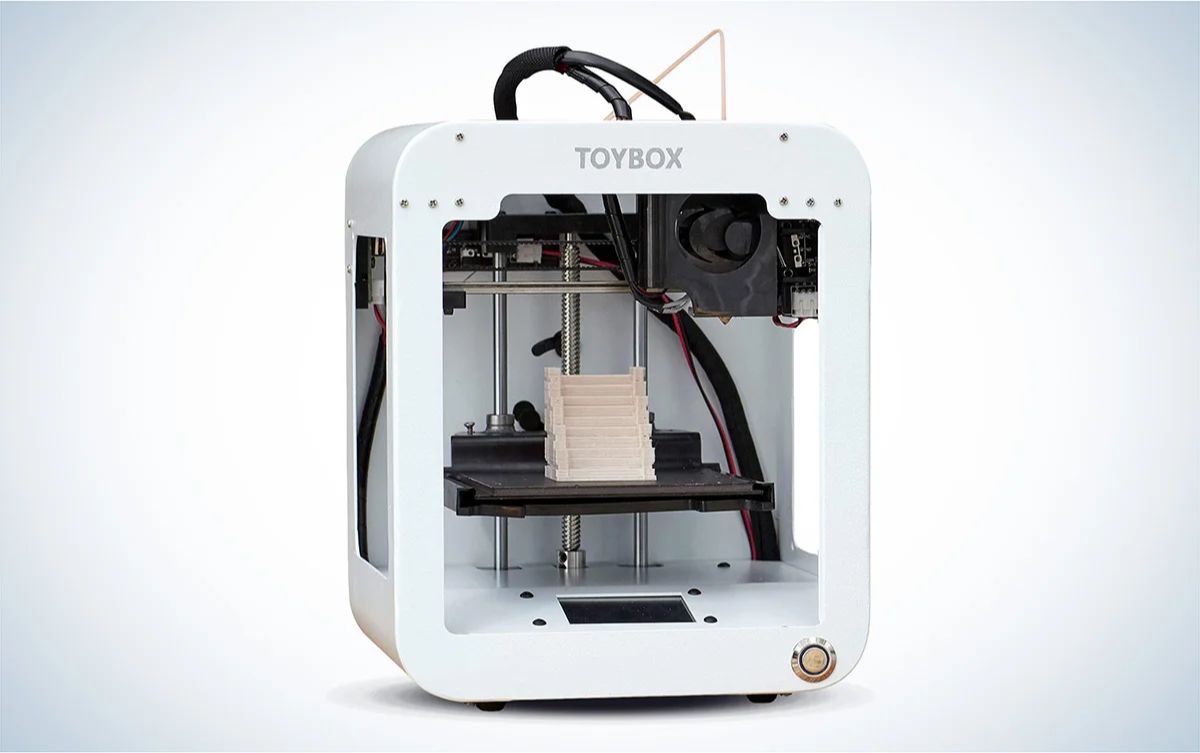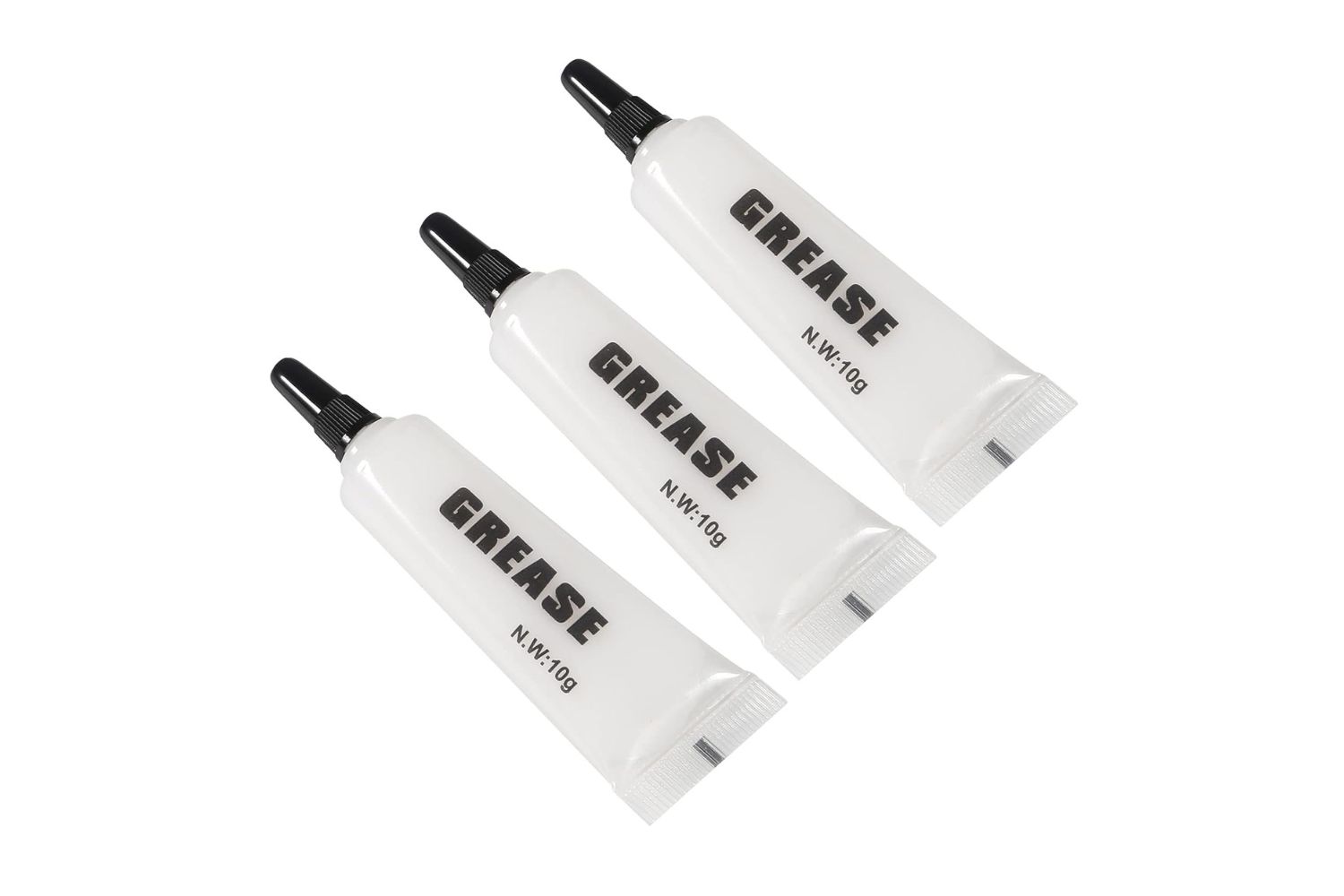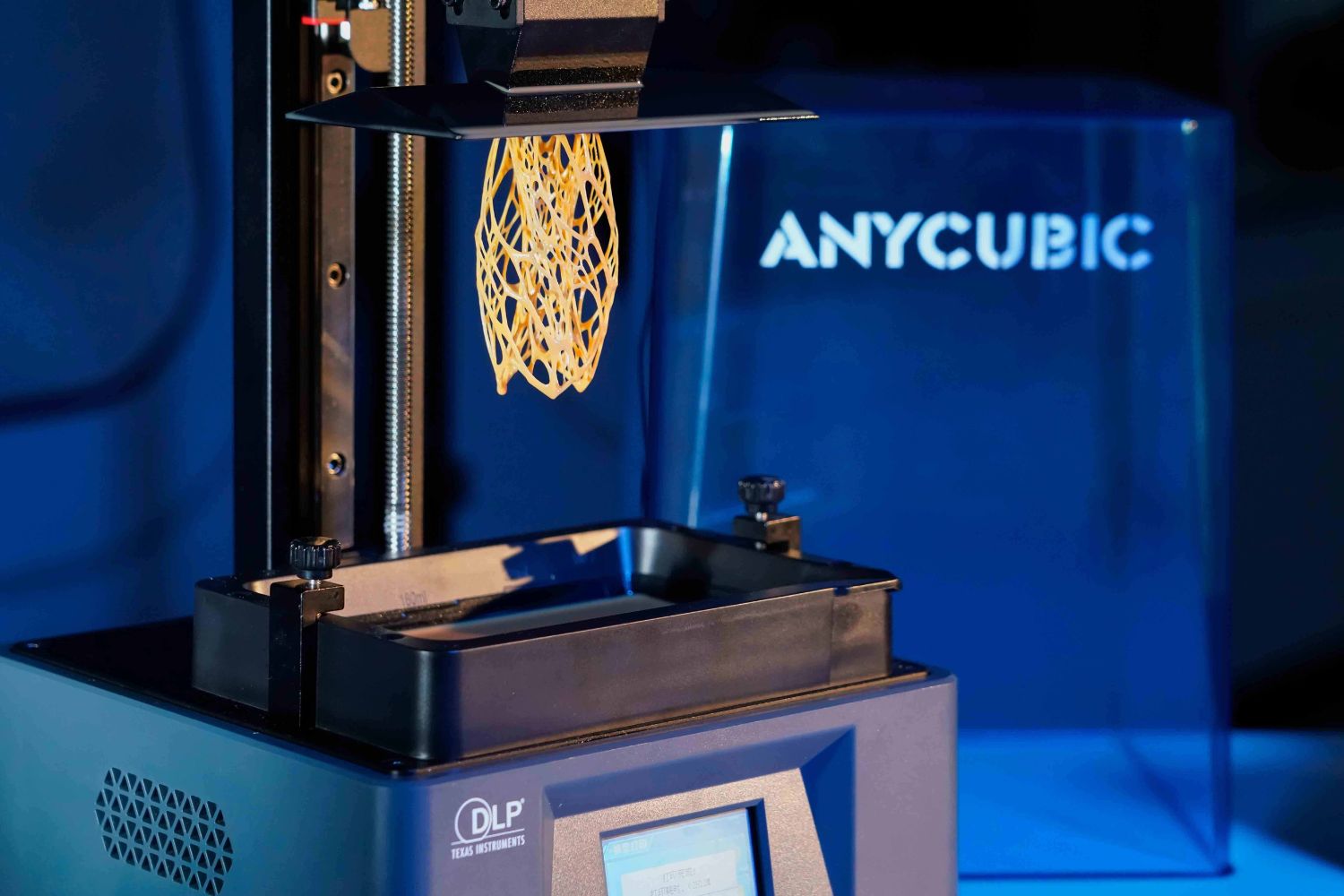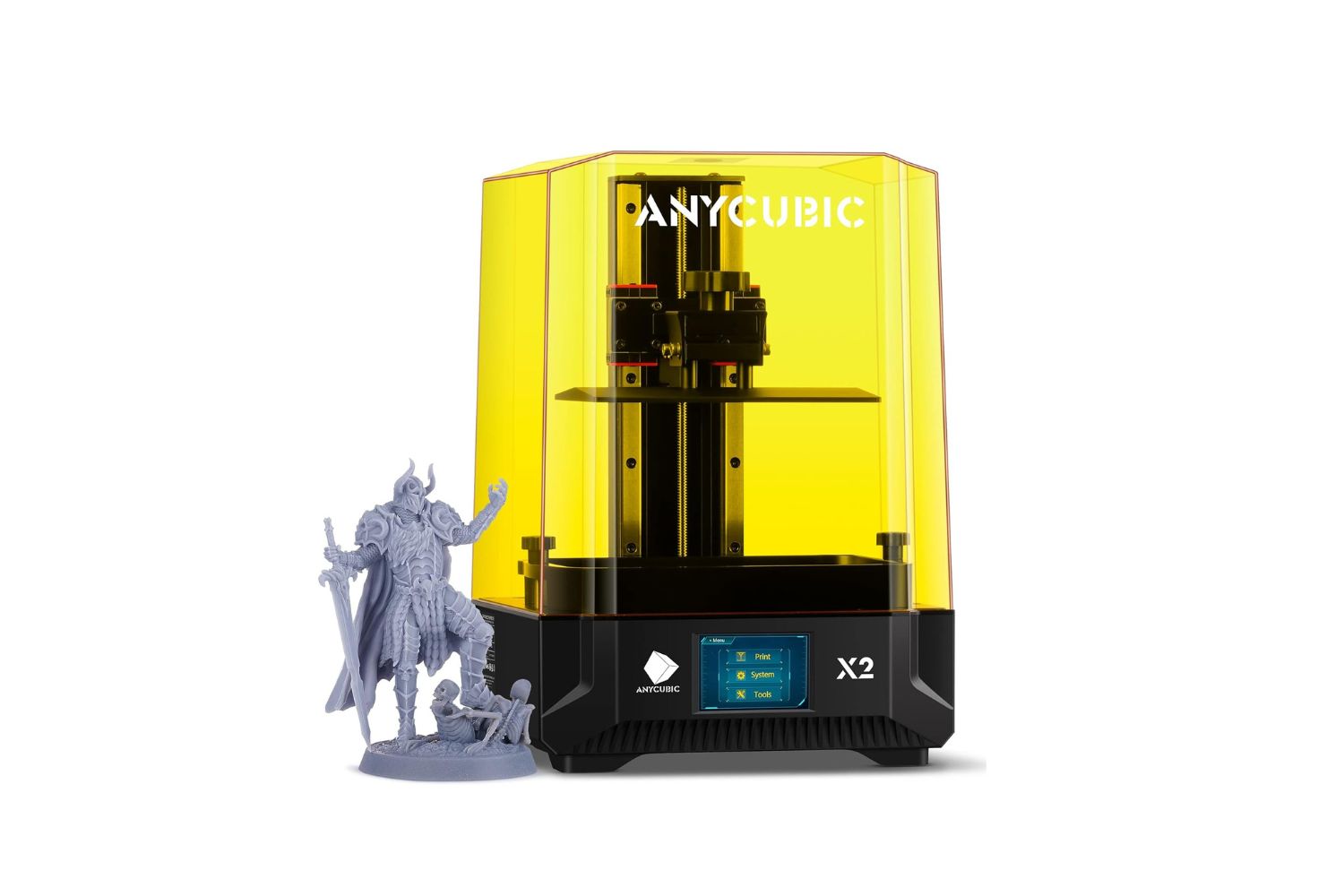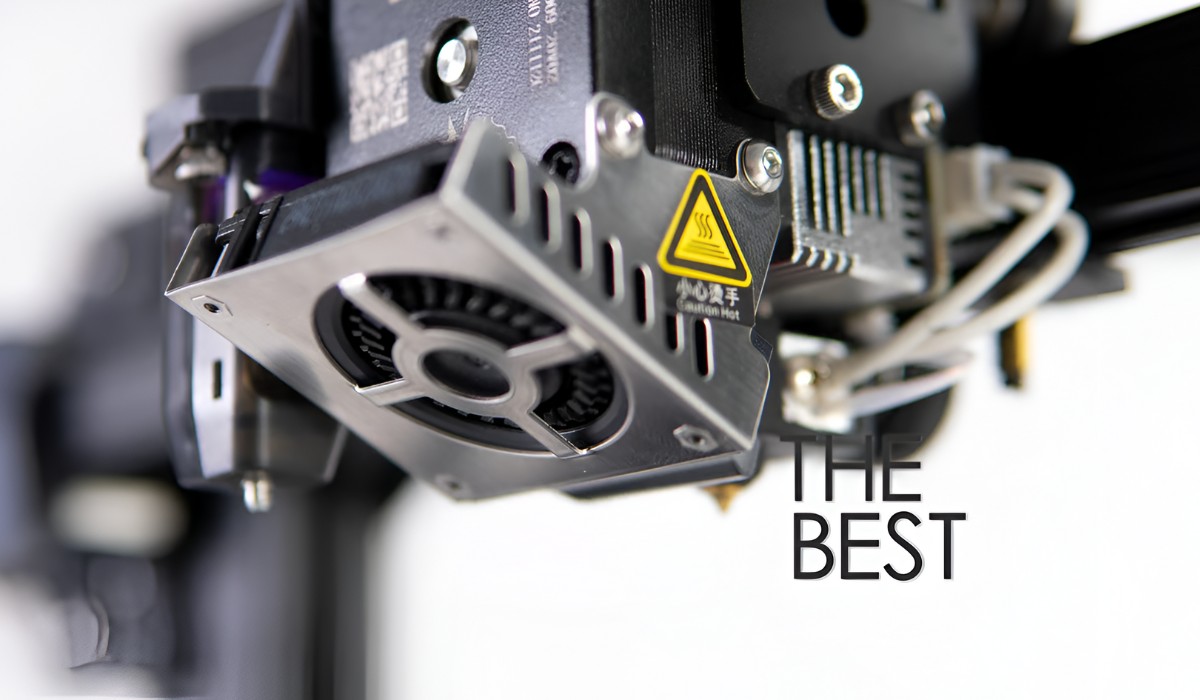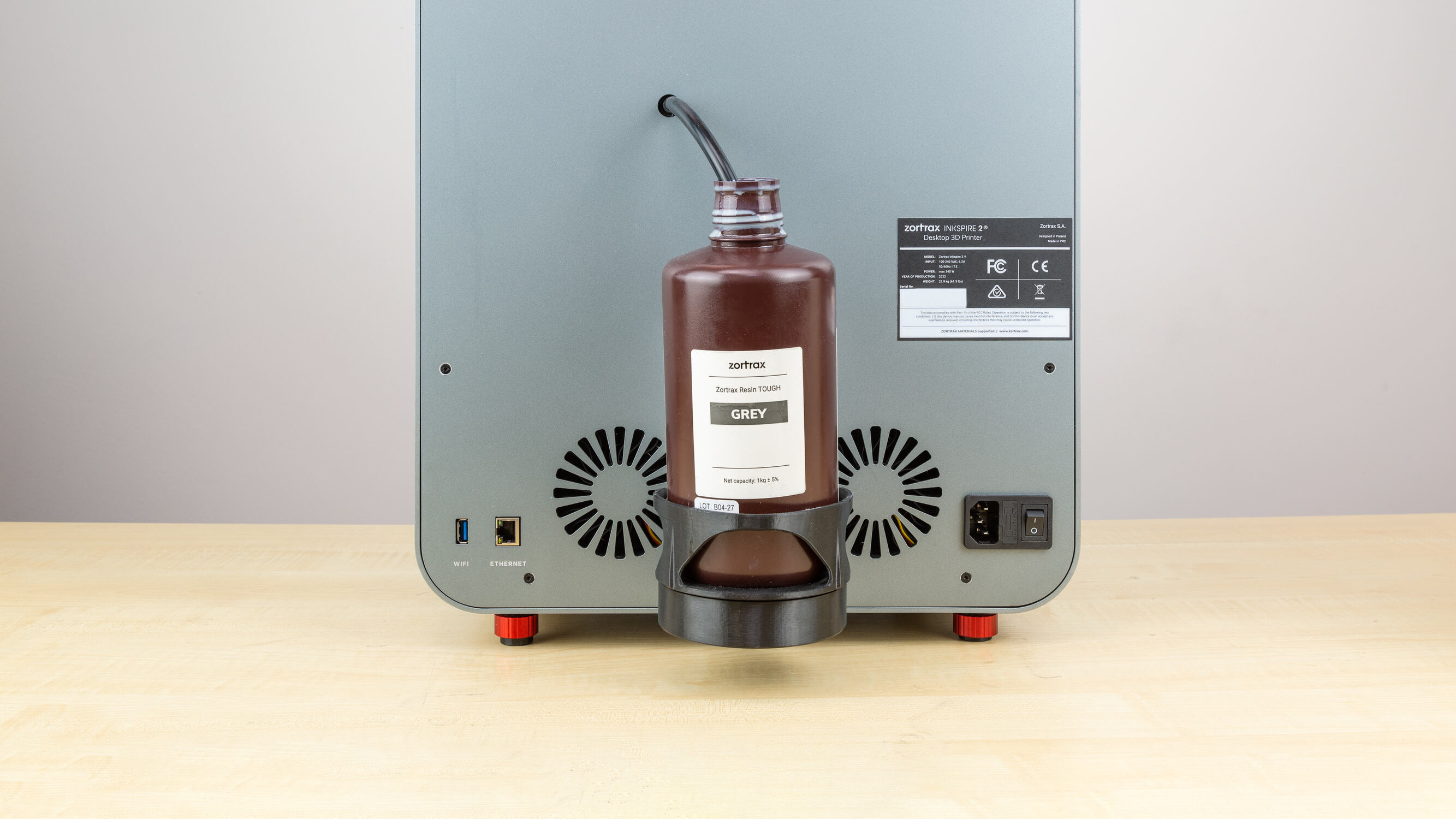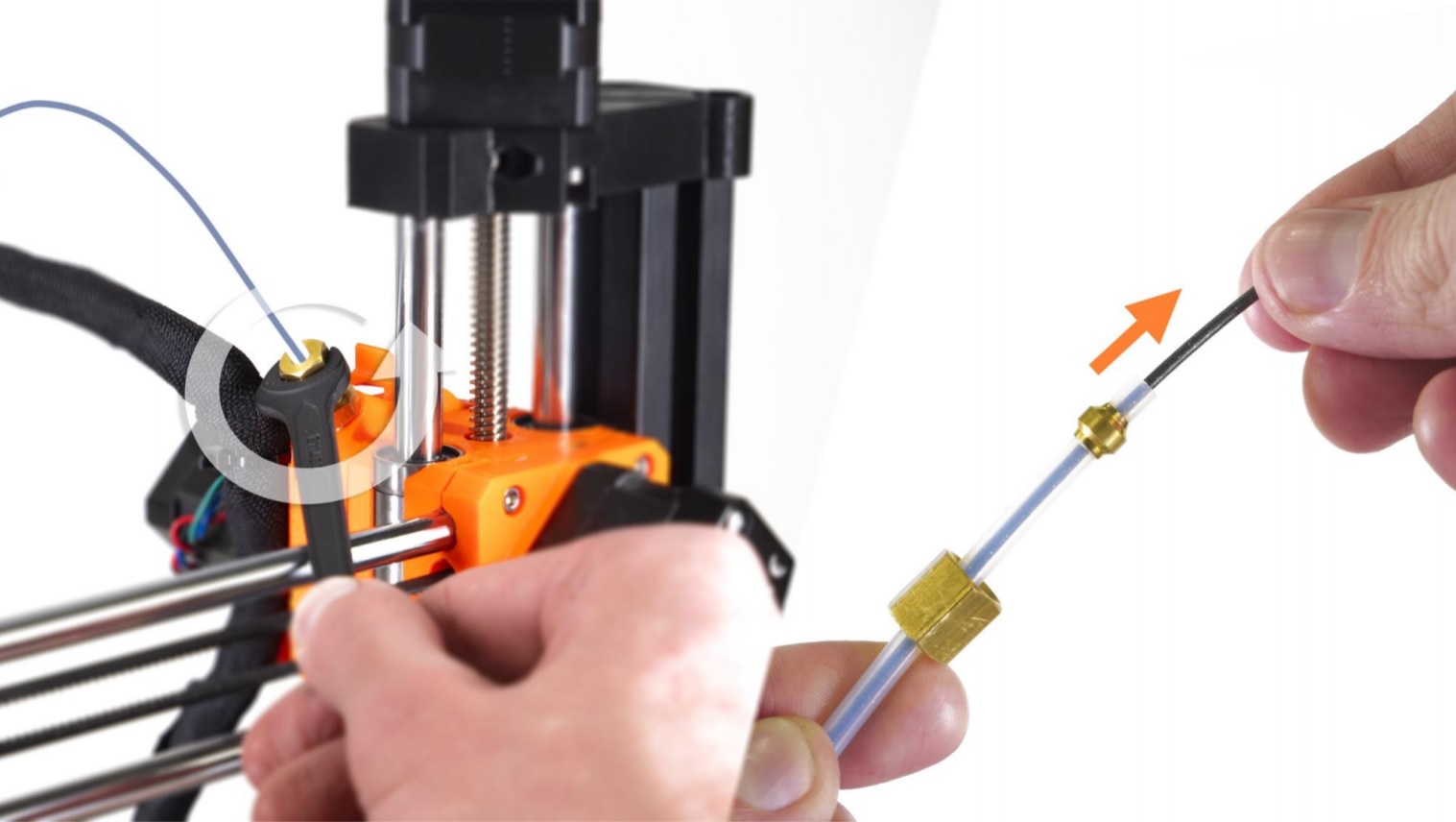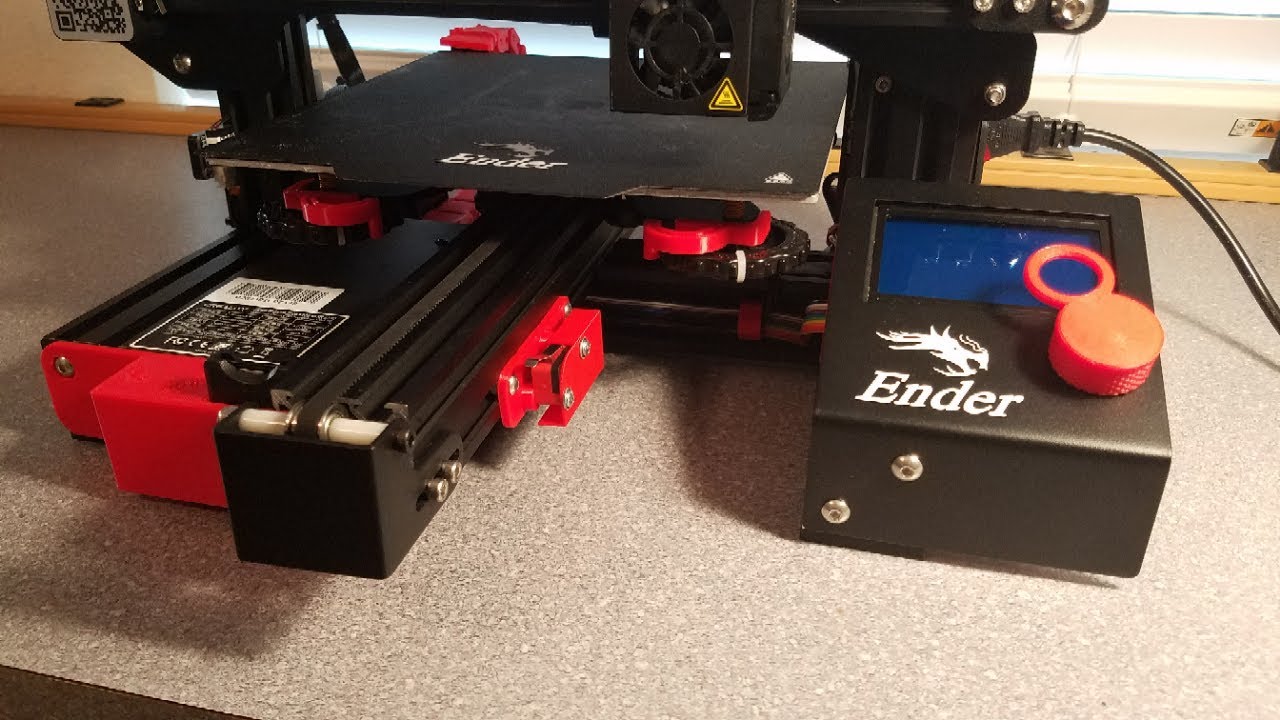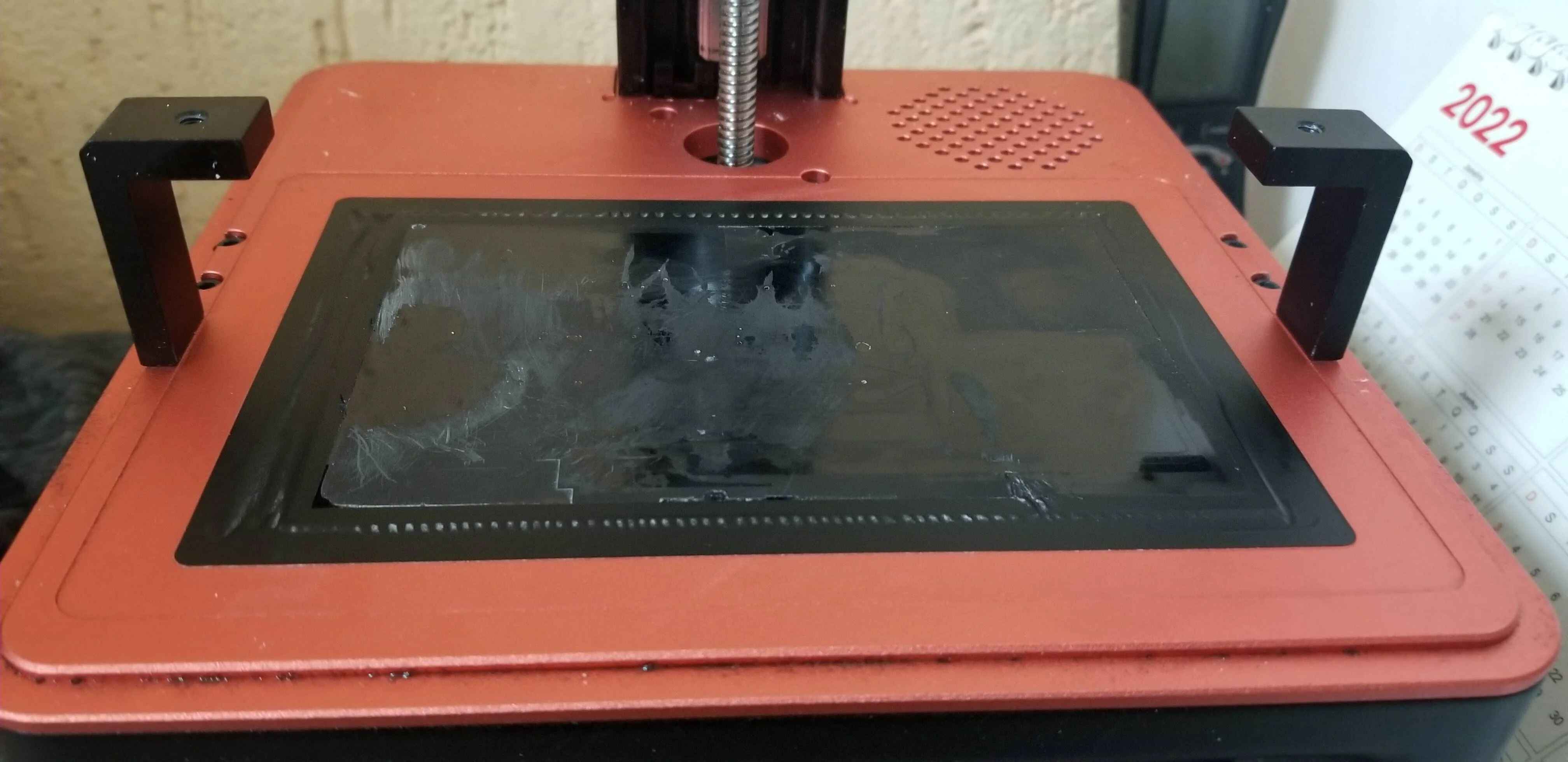Introduction
3D printing technology has revolutionized the way we design and manufacture objects. From prototypes to complex structures, 3D printing has become increasingly popular in various industries. As with any technology, understanding its lifespan is crucial for users looking to make the most out of their investment. In this article, we will explore the factors that affect the lifespan of a 3D printer, as well as ways to maximize its longevity.
A 3D printer is a complex machine that uses additive manufacturing techniques to create three-dimensional objects from a digital model. It works by layering materials such as plastic, metal, or resin to build the desired object, enabling users to bring their ideas to life.
Understanding the lifespan of a 3D printer is essential for both hobbyists and professionals. Knowing how long your printer is expected to last can help you plan for maintenance, upgrades, and even budget for future replacements if needed. While there isn’t a definitive answer to how long a 3D printer will last, several factors can influence its lifespan.
Factors such as the quality of components, frequency of use, maintenance and care, environmental conditions, and any upgrades or modifications are all key factors that impact the longevity of a 3D printer. By considering and optimizing these factors, you can extend the lifespan of your printer and ensure it continues to perform at its best.
In the following sections of this article, we will explore each of these factors in more detail and provide practical tips on how to maximize the lifespan of your 3D printer.
Factors that Affect the Lifespan of a 3D Printer
Several factors can significantly impact the lifespan of a 3D printer. Understanding these factors and taking appropriate measures can help you optimize the longevity of your machine. Let’s explore the key factors that play a role in determining the lifespan of a 3D printer:
1. Quality of Components: The quality of components used in a 3D printer can greatly influence its lifespan. Higher-quality components tend to be more durable and reliable, resulting in a longer-lasting printer. When purchasing a 3D printer, it’s essential to consider the reputation of the manufacturer and the quality of the materials used in its construction.
2. Frequency of Use: The frequency at which a 3D printer is used can impact its longevity. Continuous and prolonged use can place strain on the printer’s mechanical components, leading to wear and tear over time. It is advisable to balance the usage of your 3D printer and allow it to cool down between printing sessions.
3. Maintenance and Care: Proper maintenance and care are crucial in extending the lifespan of a 3D printer. Regular cleaning, lubrication of moving parts, and calibration can prevent issues and ensure smooth functioning. Additionally, following proper filament loading and unloading procedures, as well as regularly inspecting and replacing worn-out parts, can help prevent premature failure.
4. Environmental Conditions: The environment in which a 3D printer operates can impact its lifespan. Factors such as temperature, humidity, and dust can affect the printer’s performance. It is essential to provide a clean and well-ventilated workspace for your printer while avoiding extreme temperature and humidity levels.
5. Upgrades and Modifications: The ability to upgrade and modify a 3D printer can enhance its longevity. Upgrading components like the extruder, hotend, or control board can improve print quality and performance. However, it is crucial to ensure compatibility and follow manufacturer guidelines while making any modifications.
By taking these factors into consideration, you can significantly extend the lifespan of your 3D printer. In the next sections, we will further explore the average lifespan of a 3D printer and provide tips on how to maximize its longevity.
Quality of Components
The quality of components used in a 3D printer plays a crucial role in determining its lifespan. High-quality components tend to be more durable, reliable, and less prone to failure, resulting in a longer-lasting printer. On the other hand, low-quality or substandard components may lead to frequent breakdowns and premature failure. Here are the key components to consider when evaluating the quality of a 3D printer:
1. Frame: The frame of a 3D printer provides structural support and stability. It needs to be sturdy and rigid to handle the stress and vibrations generated during the printing process. Look for printers with frames made from materials like aluminum or steel, as they offer better durability compared to plastic frames.
2. Motors and Stepper Drivers: Motors and stepper drivers control the movement of various printer components, such as the extruder and the print bed. High-quality motors and drivers ensure accurate and precise movements, minimizing the risk of misprints or failed prints. Look for printers equipped with reputable motor and driver brands for better performance.
3. Extruder: The extruder is responsible for feeding filament into the hotend and controlling its flow. A high-quality extruder will provide consistent filament feeding, reducing the chances of clogs or filament jams. Look for printers with extruders made from durable materials, such as metal, and those with a well-designed filament path.
4. Hotend: The hotend is the component that melts the filament and deposits it layer by layer to create the 3D object. A high-quality hotend will provide precise temperature control and evenly distribute heat throughout the printing process. Look for printers with hotends made from quality materials like stainless steel or brass.
5. Electronics and Control Board: The electronics and control board of a 3D printer play a crucial role in controlling various functions and movements. Look for printers equipped with reliable electronics and control boards from reputable manufacturers. This ensures stable performance, safety features, and compatibility for future upgrades.
6. Power Supply: A reliable power supply is essential for the stable and consistent operation of a 3D printer. Look for printers with power supplies that meet safety standards and provide sufficient power output for the printer’s components.
Investing in a 3D printer with high-quality components may initially cost more, but it can significantly extend the lifespan of your printer and reduce the risk of frequent repairs or component replacements. Always research and choose reputable brands and manufacturers known for their quality components when purchasing a 3D printer.
Frequency of Use
The frequency at which a 3D printer is used can have a significant impact on its lifespan. While 3D printers are designed to be durable and withstand consistent use, continuous and prolonged use can lead to wear and tear on the printer’s components over time. Here are some considerations regarding the frequency of use and its effect on the printer’s longevity:
1. Duty Cycle: A 3D printer’s duty cycle refers to the amount of time it can operate continuously before it needs to rest. Manufacturers often provide recommendations on the duty cycle for their printers. Exceeding the recommended duty cycle can put undue stress on the printer’s components, leading to overheating and potential failure. It is important to follow the manufacturer’s guidelines and allow your printer to rest after extended periods of use.
2. Cooling Down: Allowing your 3D printer to cool down between print jobs is essential to optimize its lifespan. The printing process generates heat, and continuous operation without breaks can cause components to overheat. By providing adequate cooldown time, you allow the printer’s components to lower their operating temperatures, mitigating the risk of overheating and prolonging their lifespan.
3. Print Duration: The duration of each individual print job is also a factor to consider. Long-duration prints can be more demanding on the printer’s components due to extended operation and increased heat generation. It is advisable to monitor and manage the duration of your prints, especially for complex or time-consuming projects, to avoid excessive strain on the printer.
4. Scheduled Maintenance: Regular maintenance is essential in extending the lifespan of your 3D printer, regardless of its usage frequency. However, if you use your printer more frequently, it becomes even more crucial to adhere to a scheduled maintenance routine. Regular cleaning, lubrication, and calibration can help identify and address any potential issues before they escalate, ensuring the printer’s continued smooth operation.
5. Spare Parts and Filament: The frequency of use also affects the consumption of spare parts and filament. More frequent use may necessitate more frequent replacements of components such as nozzles or belts. It is important to keep spare parts on hand and monitor their wear and tear to proactively replace them when needed. Additionally, higher usage frequency also means more filament consumption, so be sure to stock up on filament to avoid interruptions or delays in your printing projects.
By observing a balanced frequency of use, allowing sufficient cooldown time, and implementing a proactive maintenance routine, you can optimize the lifespan of your 3D printer. Assess your printing needs and strike a balance between the usage frequency and the printer’s recommended duty cycle to ensure its long-term performance and reliability.
Maintenance and Care
Proper maintenance and care are essential for ensuring the longevity and optimal performance of your 3D printer. By following a regular maintenance routine and implementing proper care practices, you can minimize the risk of component failures and prolong the lifespan of your printer. Here are some key areas of maintenance and care to consider:
1. Cleaning: Regular cleaning of your 3D printer is crucial to keep it functioning properly. Dust, debris, and filament residue can accumulate over time and affect the printer’s performance. Clean the print bed, extruder, hotend, and other components regularly to remove any buildup that could interfere with precise printing. Use appropriate cleaning tools and follow manufacturer guidelines.
2. Lubrication: Lubricating the moving parts of your 3D printer is essential to prevent friction and ensure smooth operation. Refer to the manufacturer’s instructions on the type of lubricant to use and the recommended intervals for lubrication. Apply lubrication to components such as the rods, bearings, and lead screws to keep them functioning properly.
3. Calibration: Calibration is a critical maintenance task that ensures accurate and precise printing. Regularly calibrate your printer to align the print bed, extruder, and other components. Proper calibration helps prevent issues such as uneven layers, misprints, or adhesion problems. Follow the printer’s manual or online tutorials for calibration instructions specific to your model.
4. Filament Loading and Unloading: Proper filament loading and unloading procedures are important for the longevity of your printer’s extruder. Follow the manufacturer’s instructions to ensure correct filament insertion and removal. Mishandling the filament can lead to clogs or damage to the extruder, affecting both print quality and the printer’s lifespan.
5. Inspection and Replacement of Worn-out Parts: Regularly inspect all the components of your printer for signs of wear or damage. Pay close attention to items such as belts, nozzles, fans, and wiring. If you notice any issues or degradation, promptly replace the worn-out parts to avoid further damage and prevent potential failures.
6. Firmware Updates: Keep your printer’s firmware up to date by installing manufacturer-recommended updates. Firmware updates often include bug fixes and improvements that enhance the printer’s performance and stability. Regularly check for firmware updates and follow the instructions provided by the manufacturer to update your printer’s firmware.
Your 3D printer is an investment, and proper maintenance and care are essential to protect that investment. By implementing regular cleaning, lubrication, calibration, and inspection procedures, you can ensure the longevity and reliable performance of your printer for years to come.
Environmental Conditions
The environmental conditions in which a 3D printer operates can significantly impact its lifespan and overall performance. Creating an ideal environment for your printer will help minimize the risk of issues and ensure its longevity. Here are some key environmental factors to consider:
1. Temperature: Temperature plays a crucial role in the performance of a 3D printer. Extreme temperatures, whether too high or too low, can affect the printer’s components and lead to print quality issues. Ideally, the ambient temperature should be stable and within the manufacturer’s recommended range. Avoid placing your printer near drafty areas or areas exposed to direct sunlight or extreme temperature fluctuations.
2. Humidity: Humidity is another important factor to consider. High humidity levels can negatively affect filament quality, leading to issues such as filament degradation or difficulties in achieving proper adhesion between layers. The recommended humidity level for 3D printing typically falls within a range specified by the filament manufacturer. Consider storing filament in airtight containers with moisture-absorbing desiccants to maintain its quality.
3. Ventilation: Proper ventilation is essential to dissipate any fumes generated during the printing process. Some filaments, such as ABS, release potentially harmful fumes when heated. Ensure that your printing area is well-ventilated, especially when working with such materials. You may consider using a dedicated ventilation system or working in a well-ventilated room to minimize exposure to fumes.
4. Dust and Debris: Keeping your printing area free from dust and debris is important, as airborne particles can affect print quality and clog the printer’s components over time. Regularly clean your workspace and the printer itself to remove any dust or debris that may accumulate. Consider using dust covers or enclosures to protect your printer from environmental pollutants.
5. Stability: Ensure that your printer is placed on a stable and even surface to avoid unnecessary vibrations or movement during printing. Vibrations can lead to print imperfections or even damage delicate components within the printer. Invest in a sturdy table or stand designed to accommodate the weight and vibrations associated with 3D printers.
6. Power Supply and Surge Protection: A stable and reliable power supply is crucial for the safe and efficient operation of your printer. Ensure that your printer is connected to an appropriate power source and consider using surge protectors to safeguard against power fluctuations and electrical surges.
By controlling and optimizing the environmental conditions in which your 3D printer operates, you can extend its lifespan and ensure consistent and high-quality prints. Consider the recommendations provided by the manufacturer and make necessary adjustments to create an ideal printing environment for your specific printer model.
Upgrades and Modifications
One of the advantages of owning a 3D printer is the ability to upgrade and modify it to enhance its performance and functionalities. Making well-informed upgrades and modifications can not only improve the quality of your prints, but also extend the lifespan of your printer. Here are some key points to consider when it comes to upgrades and modifications:
1. Research and Compatibility: Before making any upgrades or modifications, thoroughly research the compatibility of the components or modifications with your specific printer model. Check for compatibility lists, forums, or consult with experienced users to ensure that the upgrades or modifications will work seamlessly with your printer’s existing setup.
2. Extruder Upgrades: Upgrading the extruder can enhance filament feeding and overall print quality. Consider replacing the stock extruder with a high-quality, all-metal extruder or a geared extruder for better performance, especially when working with flexible filaments or demanding prints.
3. Hotend Upgrades: The hotend is another component that can greatly influence print quality. Upgrading to a better hotend with improved temperature stability, faster heating times, or more precise temperature control can lead to better overall print quality and reliability.
4. Control Board Upgrades: Upgrading the control board of your 3D printer can provide additional features, improved firmware compatibility, and enhanced performance. Upgraded control boards often offer smoother movement, quieter operation, and better stability. However, ensure that the new control board is compatible with your printer’s firmware and has the necessary connectors for your printer’s components.
5. Firmware Updates: Keeping your printer’s firmware up to date is crucial, as it can improve functionality, address bugs, and unlock new features. Regularly check the manufacturer’s website or online communities for firmware updates specific to your printer model. Follow the provided instructions carefully to ensure a smooth and successful firmware update process.
6. Structural Modifications: Depending on your specific needs, you might consider structural modifications to your printer. This could include reinforcing the frame, adding stabilizers, or using vibration-damping materials to reduce vibrations and improve overall print quality. Ensure that any structural modifications are well-designed, properly implemented, and do not compromise the overall stability and safety of the printer.
When considering upgrades and modifications, strike a balance between necessity and feasibility. Assess whether the potential improvements are worth the cost and effort based on your specific printing requirements. Always follow proper installation instructions and seek guidance from the manufacturer, communities, or professional technicians when necessary.
Average Lifespan of a 3D Printer
The average lifespan of a 3D printer can vary depending on several factors, including usage patterns, quality of components, maintenance practices, and environmental conditions. While it is challenging to determine an exact lifespan, understanding the typical lifespan of a 3D printer can help users plan for maintenance, upgrades, and potential replacements. Here are some considerations regarding the average lifespan of a 3D printer:
Usage Frequency: The frequency at which a 3D printer is used can affect its lifespan. Heavy usage, such as continuous printing or extended printing sessions, can put strain on the printer’s components and reduce its overall lifespan. Conversely, infrequent use may result in longer-lasting printers. Striking a balance between usage frequency and allowing sufficient cool-down periods can help optimize the printer’s lifespan.
Quality of Components: The quality of components used in a 3D printer plays a significant role in its lifespan. Higher quality components tend to be more durable and reliable, resulting in a longer-lasting printer. Investing in a printer with high-quality components can increase its longevity and reduce the need for frequent repairs or replacements.
Maintenance and Care: Regular maintenance and proper care are crucial factors in extending the lifespan of a 3D printer. Following cleaning, lubrication, and calibration schedules, as well as promptly addressing any issues or wear and tear, can help ensure optimal performance and prevent premature failure of components.
Environmental Conditions: The environmental conditions in which a 3D printer operates can impact its lifespan. Extreme temperatures, high humidity levels, or exposure to dust and debris can all affect the printer’s performance and longevity. Creating an ideal environment with stable temperature and humidity levels, proper ventilation, and cleanliness can help extend the lifespan of a 3D printer.
On average, with proper maintenance and care, a well-built and properly used 3D printer can last anywhere from 3 to 10 years. However, it’s important to note that this is a general estimate, and individual experiences may vary. Some printers may last even longer, especially with upgrades and replacements of worn-out components as necessary.
Ultimately, how long a 3D printer lasts will depend on the specific make and model, usage patterns, and the level of maintenance and care provided. By following best practices for usage, maintenance, and upgrades, users can maximize the lifespan of their 3D printers and enjoy high-quality prints for years to come.
Extending the Lifespan of Your 3D Printer
While the average lifespan of a 3D printer is influenced by various factors, there are several steps that you can take to extend the longevity of your machine. By implementing these practices, you can maximize the lifespan of your 3D printer and ensure that it continues to perform optimally over time. Here are some tips for extending the lifespan of your 3D printer:
1. Follow Manufacturer Guidelines: Every 3D printer comes with a user manual that contains important guidelines for usage, maintenance, and care. Follow the manufacturer’s recommendations closely to ensure that you are using and maintaining your printer correctly. This includes adhering to temperature settings, loading filament properly, and performing routine maintenance tasks at recommended intervals.
2. Proper Cooling and Rest: Giving your 3D printer sufficient time to cool down and rest between print jobs is crucial for its longevity. Continuous operation without breaks can cause the printer’s components to overheat. Allow the printer to cool down after long print sessions, and avoid continuous back-to-back printing. This practice helps prevent unnecessary strain on the printer’s components and extends their lifespan.
3. Regular Cleaning and Lubrication: Regularly clean your 3D printer to remove any dust, debris, or filament residue that may accumulate. Clean the print bed, extruder, hotend, and other components according to the manufacturer’s guidelines. Additionally, lubricate the moving parts of the printer as recommended to reduce friction and ensure smooth operation.
4. Consistent Calibration: Proper calibration is essential for achieving accurate and successful prints. Regularly calibrate your printer to ensure that the settings are aligned and accurate. This includes leveling the print bed, calibrating the extruder steps/mm, and checking the belt tension. Consistent calibration helps maintain print quality and prevents potential issues that can arise from misalignment or improper settings.
5. Maintain a Controlled Environment: Creating an ideal environment for your 3D printer can significantly impact its lifespan. Ensure that the printer is placed on a stable surface and in a well-ventilated area to prevent excessive vibrations and heat buildup. Control the temperature and humidity levels within the manufacturer’s recommended ranges, as extreme conditions can affect the printer’s performance and longevity.
6. Upgrades and Component Replacements: Consider upgrading key components of your 3D printer when necessary. Upgrading the extruder, hotend, control board, or other components can enhance performance and extend the overall lifespan of the printer. Additionally, promptly replacing any worn-out or damaged parts, such as belts or nozzles, can help prevent further damage and improve print quality.
7. Stay Up to Date with Firmware Updates: Manufacturers frequently release firmware updates that provide bug fixes, improvements, and new features for their printers. Stay up to date with these updates and install them as recommended. Updated firmware can address performance issues, enhance stability, and contribute to the overall longevity of your 3D printer.
By following these tips, you can extend the lifespan of your 3D printer and ensure that it continues to operate effectively for years to come. Remember that proactive maintenance, responsible usage, and regular upgrades are essential for maximizing the performance and longevity of your 3D printer.
Conclusion
Understanding the factors that affect the lifespan of a 3D printer and taking appropriate measures to optimize its longevity are crucial for users. By considering factors such as the quality of components, frequency of use, maintenance and care, environmental conditions, and upgrades, you can ensure that your 3D printer remains functional and performs at its best for as long as possible.
The quality of components used in a 3D printer greatly influences its lifespan. Investing in a printer with high-quality components can enhance durability and reduce the need for frequent repairs or replacements. Regular maintenance and proper care, including cleaning, lubrication, calibration, and inspection of components, are vital for extending the lifespan of your printer.
Environmental conditions also play a significant role in the longevity of a 3D printer. Creating an ideal environment with stable temperature and humidity levels, proper ventilation, and cleanliness can help mitigate potential issues and ensure optimal performance.
Upgrades and modifications can enhance the performance and extend the lifespan of a 3D printer. By considering compatible options and implementing well-informed upgrades, you can improve print quality and keep your printer up to date with the latest advancements.
While it is challenging to determine the exact average lifespan of a 3D printer, proper usage, maintenance, and care can extend its longevity. With regular maintenance, adherence to manufacturer guidelines, and prompt resolution of issues, a well-maintained and properly used 3D printer can last anywhere from 3 to 10 years or more.
Overall, by following best practices, maintaining an ideal environment, and making informed decisions regarding upgrades and modifications, you can extend the lifespan of your 3D printer and continue to enjoy the benefits of this innovative technology for years to come.







